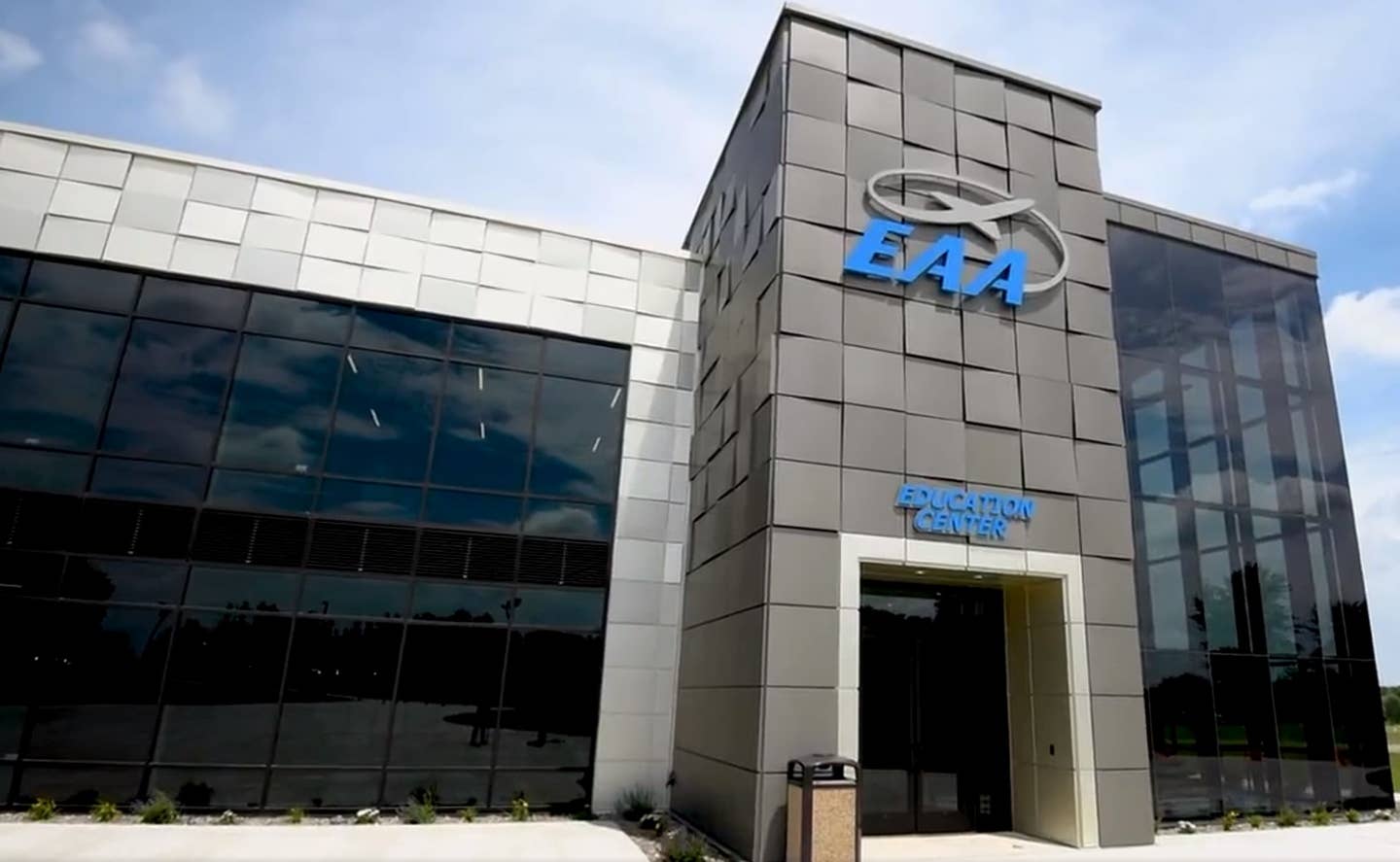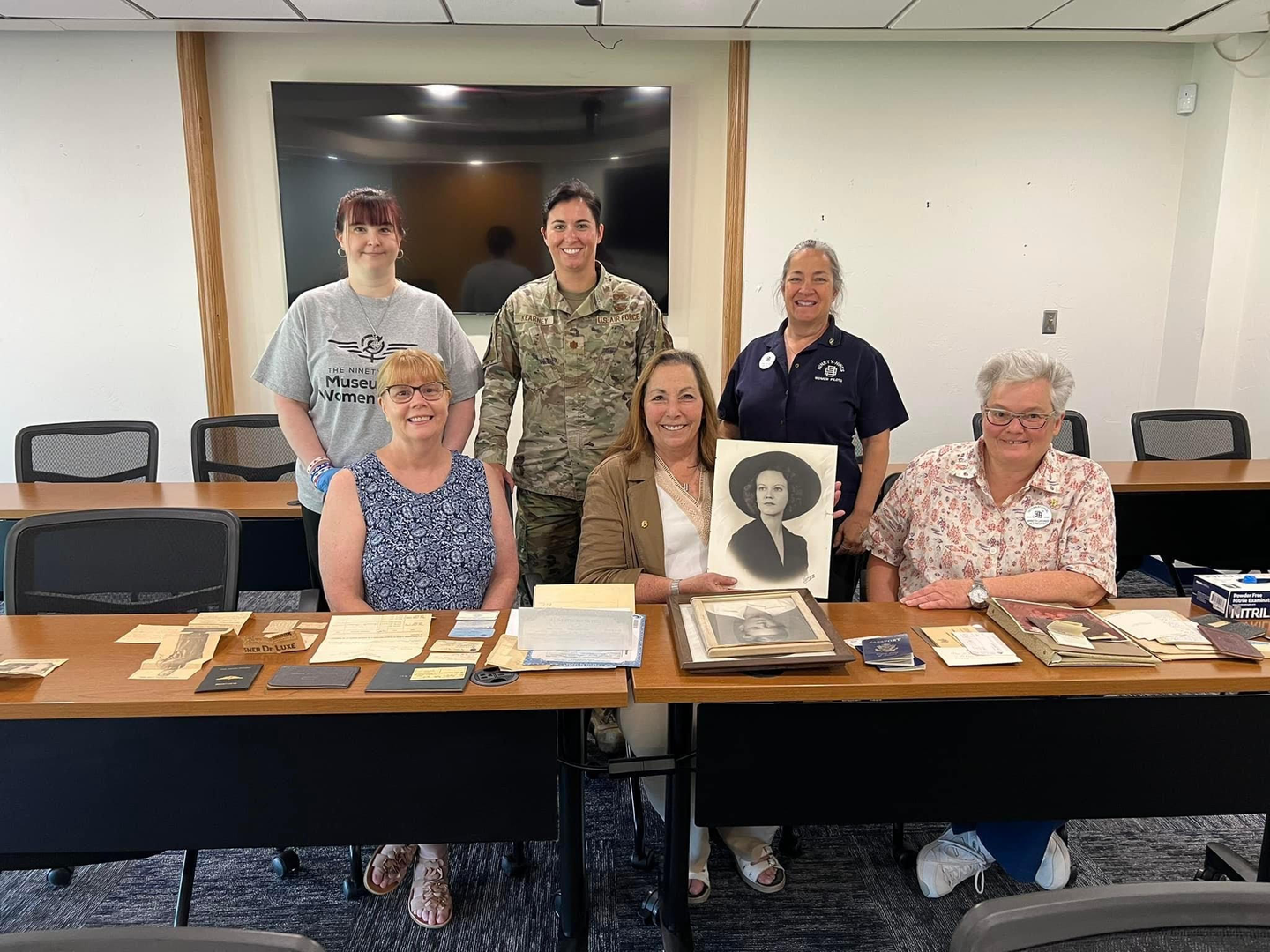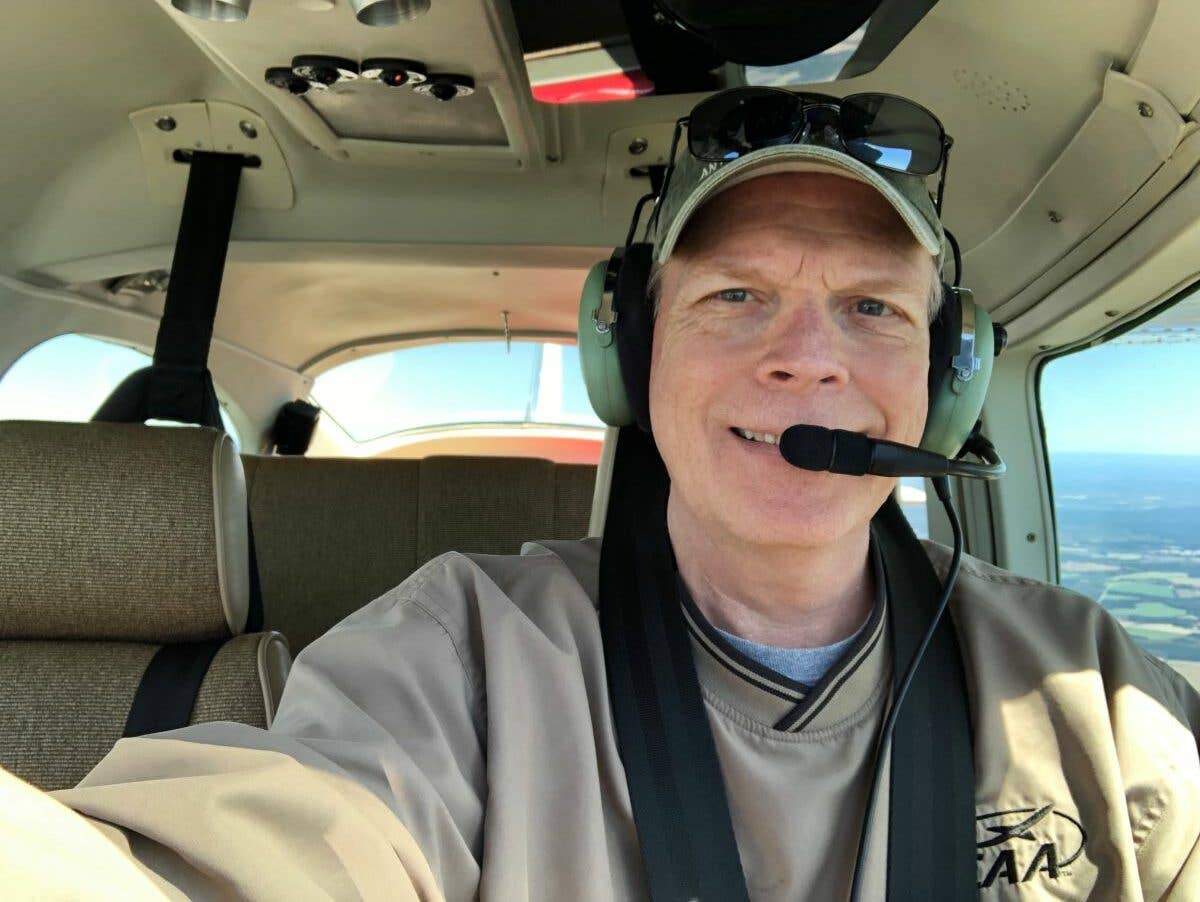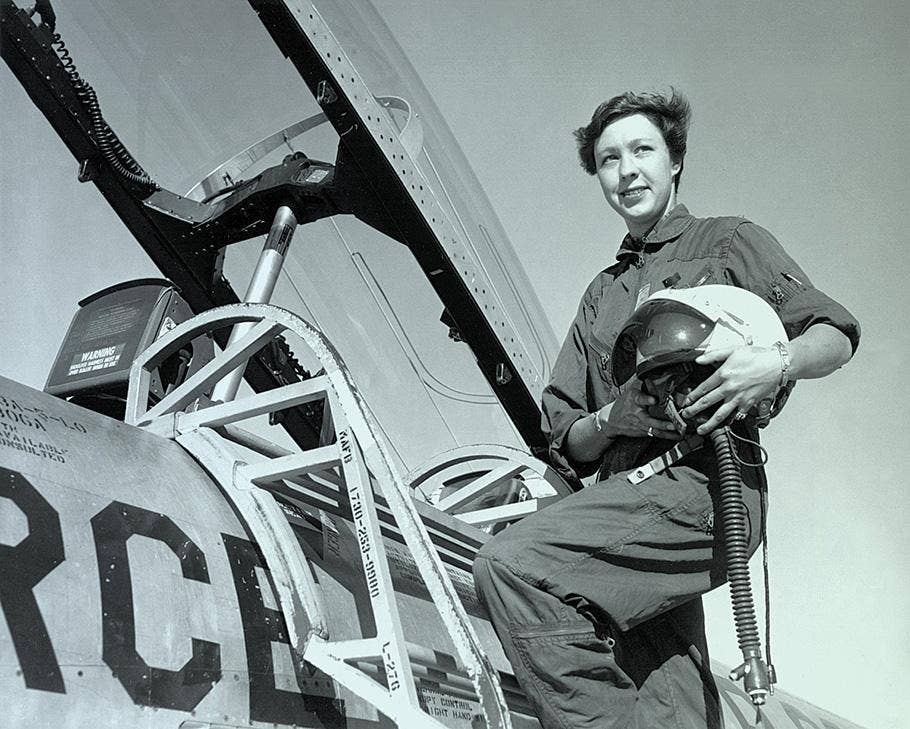Should You Rent or Buy Your Aircraft?
We crunch the numbers on one of the most asked questions in aviation.
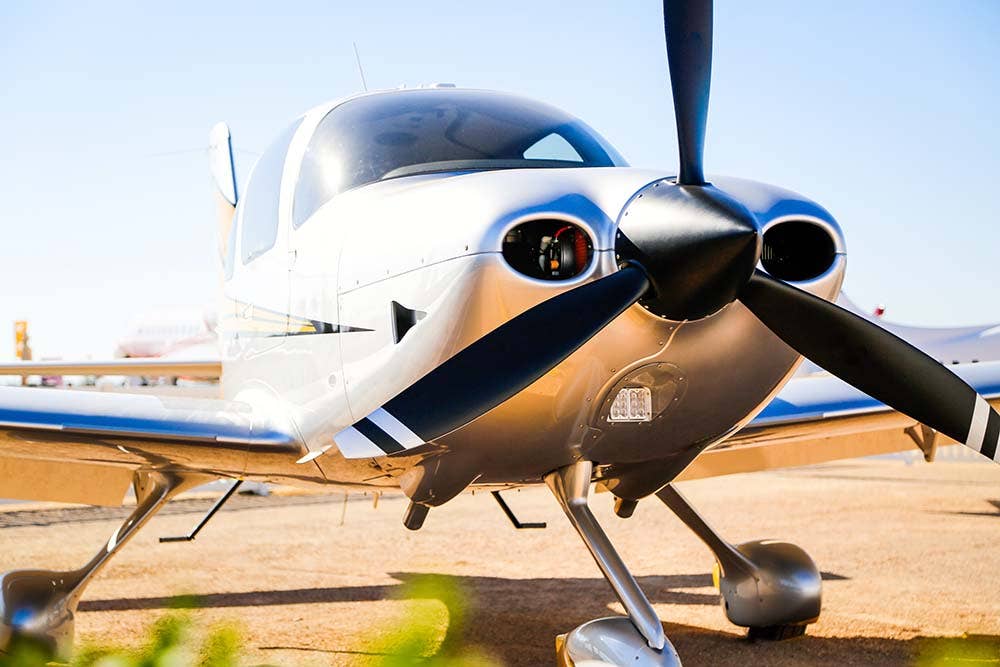
Lots of folks ask whether they should buy or rent their aircraft. The numbers can help tell the story. [Credit: Adobe Stock]
I received a lot of great feedback in response to last week’s column about the costs of owning aircraft. Thank you all for reading and for your thoughts!
One question I’ve fielded more than once is: “How did you come up with 200 hours per year as an acceptable minimum?” One reader mentioned that some mechanics and pilots set this threshold as 100 hours instead of 200.
This uncovers a universal law of aviation: If you ask 100 pilots a question, you’ll get at least 101 different opinions. This also shows the power of building a spreadsheet and plugging in real-world numbers. This column is not just about one pilot’s opinion. Let’s run last week’s example aircraft, but only change the number of hours flown per year to 100 and see what happens.
The 100-Hour Hypothesis
Our hypothesis for this experiment will be that we can change nothing but the number of hours flown per year from last week’s example and still come up with a reasonable cost of aircraft ownership.
Let’s take a look:
For me, this difference is stark. Yes, we’re spending nearly $8,000 less overall per year than if we’d flown 200 hours. However, our hourly cost has skyrocketed to $227.23! I don’t think many of us can sustain aviation activity while paying so much money to fly a 50-year-old VFR-only aircraft.
Have we disproved our hypothesis?
This realization leads us to an important point: sometimes, it’s better to just rent.
Rent vs. Own
In some ways, renting isn’t as fun as owning. The airplane isn’t mine, and I have to schedule around countless other people who will never treat it as well as I do. However, from a finance standpoint, if you’re only flying 100 hours per year or less, renting costs you far less.
How about a couple examples?
Leading Edge Aviation in Doylestown, Pennsylvania, rents a VFR C-172M with an O-320 for $116 an hour, including fuel. It’s two years older than the one we’ve been looking at, but flying it for 100 hours per year would cost roughly half of what we’d be paying to own a similar airplane.
And, there’s another element to consider if you were to own instead of rent at Doylestown. According to Airnav, the only fuel available on the field costs a whopping $5.89 per gallon. Plugging that cost into our calculator says it would cost us $243.91 per hour to own and operate our example aircraft out of KDYL.
What about on the West Coast?
Corsair Aviation at Van Nuys, California, has a Piper Cherokee for $140 an hour and a C-172N for $145. Fuel at KVNY ranges from $5.69 to an unbelievable $8.30 per gallon.
In my experience, renting on either coast tends to cost more than in the Midwest. This means you may be able to find even cheaper aircraft rental throughout the country. At those rates, flying just 100 hours per year in your own aircraft is a very tough sell.
Don’t forget that renters get to skip many headaches of aircraft ownership. Renters don’t have to:
- Wash the airplane
- Hire mechanics and hound them every few days to finish up the job
- File any ownership or tax paperwork
- Research part numbers and order those parts themselves
- Feel upset when the airplane gets a hangar rash—unless you have to pay the owner’s deductible
If we were being truly honest with ourselves, our calculator would include a line for the value of your time spent managing your aircraft. I left this out because it’s difficult to quantify, but it’s something to consider.
How Do They Do It?
You’re probably wondering how these businesses can afford to rent these aircraft out so cheaply. Between economies of scale and the benefits of owning the operation, they get a lot of discounts.
When you own a fleet of aircraft, you don’t pay by the shop hour for maintenance. You pay a salary to one or more A&P mechanics. They know your aircraft so well that they can get work done more quickly. They can probably even save you thousands by doing engine overhauls in-house.
When you own the FBO, you don’t pay full price for fuel. You may also own hangars. You can write off a few hundred dollars per hangar per month as a loss, but you’re not actually paying rent to store your airplanes.
As a business, you can also deduct the depreciation in your airplanes’ value from your taxes. The tax rules around depreciation and business debt are so generous that the purchase price of an airplane may be negligible for an FBO or flight school.
These companies also get a break on insurance. Although rates are much higher when an airplane is flying for hire, they can insure the entire fleet under one policy.
Here’s what the costs might look like for one of the FBOs we just looked at:
No wonder they can afford to charge so little for their aircraft. Even at those rates, they’re still making money every time you fly.
Break-Even Point
Let’s set our calculator back to our baseline assumptions and look at the effect hours have again. Using the same assumptions we had at the top of this page we see that flying an annual total of:
- 100 hours yields an hourly rate of $227.23
- 150 hours yields an hourly rate of $177.54
- 200 hours yields an hourly rate of $152.70
- 250 hours yields an hourly rate of $137.79
- 300 hours yields an hourly rate of $127.85
Somewhere near 225 hours per year our ownership costs match the rental rate for that airplane at Van Nuys, not accounting for much more expensive fuel in California. But would I honestly fly that many hours every single year in my own airplane?
Many aviation enthusiasts will try to “remind” you that you get the purchase price of your airplane back when you sell it. At some times this has been true. In fact, prices have climbed so much lately that if you’re selling an aircraft you’ve owned for at least five years, you could potentially double your money. I don’t think these prices will last though. The sad truth is that if you buy an airplane in the near future, it will probably sell it for less.
Even if you just break even when you sell, don’t forget that inflation is corroding the value of the money you have tied up in this aircraft.
I’m not saying you absolutely should not buy an airplane if you can’t get your costs down as low as renting at the local FBO. Personally, I’d pay an extra $7.70 per hour for my own airplane. The more honest you are with the numbers you plug into your calculator, the more realistic the results will be.
You may be able to economize or optimize on some of the costs we’re assuming here. Next, we’ll look at the biggest factors affecting aircraft ownership costs. We’ll see some clear ways to get more flying per dollar.
Thanks again for reading. Please keep your feedback coming, and fly safe!

Sign-up for newsletters & special offers!
Get the latest FLYING stories & special offers delivered directly to your inbox


